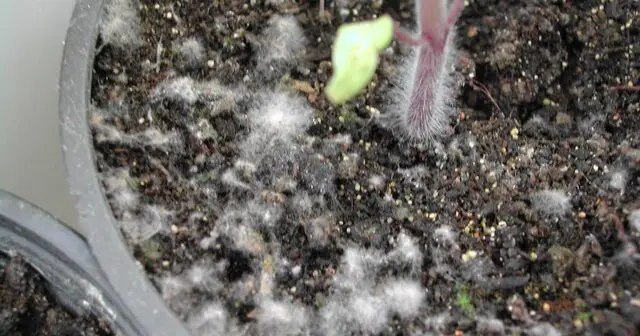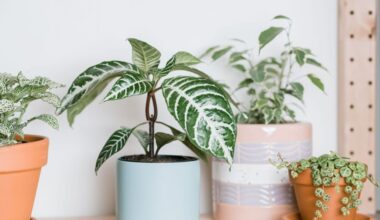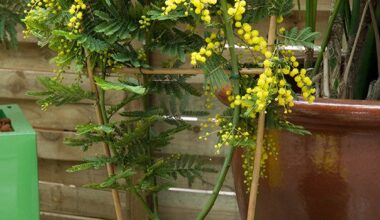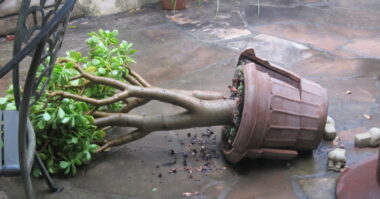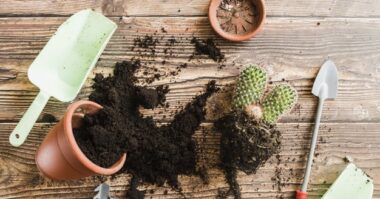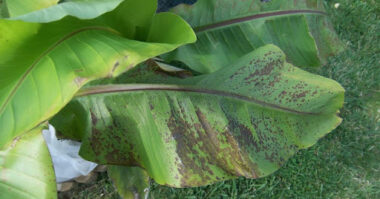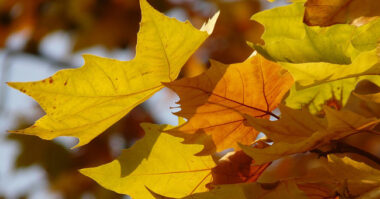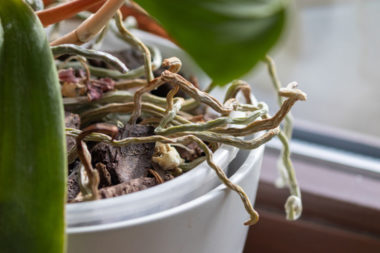Indoor plants are excellent for purifying the air in your home. Unfortunately, these plants sometimes develop mold, which makes them more harmful than beneficial to the air. mold can be caused by a variety of factors such as poor maintenance, over-watering or lack of light.
mold that grows in the soil or on the leaves of houseplants is harmful to both plants and people in the home. Fortunately, there are ways to eliminate this mold.
Contents
What is mold and where does it come from?
Fungal diseases can take all shapes and sizes, but mold is one of the most common varieties affecting food and flower crops. In fact, it affects more than 400 species of plants, with the greatest impact on economic crops.
mold symptoms can mimic many types of diseases. It is only when you get close and identify its mycelium that a confirmed diagnosis can be made. And by then, it is too late for this plant, and its neighbors may also be infected. Garden vegetables and many flowering annuals are often affected by white mold.
What is white mold? Symptoms of white mold include leaf dieback, stem wilting and white downy growth on affected plant material. This develops into sclerotia, hard black, pencil-sized structures on diseased plant parts.
Over time, the plants die. mold is more common in hot and humid conditions, especially when plants are overcrowded and have not been turned over. Sclerotia overwinters in the soil and reproduces in mild, humid weather. Sclerotia have been living in the soil for 5 years. The diseased spores can even come from a nearby field. Other names for the disease are white canker, watery soft rot, wood rot, damping off, pink rot wilt, crown rot and many other descriptive names.
Getting rid of mold on plants
Step 1
Identify the type of mold. Before you start, you need to determine if the mold on your plant is dormant or active. Dormant mold is lighter in color and powdery; active mold has a soft, hairy appearance.
Step 2
Move the plant outside. When mold appears on a plant, you must move it outside. This will prevent the spread of active mold. It is also important to note that moldy plants should be placed away from other trees or garden plants, as other plants may also become moldy when you clean them.
Step 3
Wet the kitchen towel. Use the thick, damp paper towel to wipe off the mold from the leaves. For each wipe, move to a clean area and continue wiping.
When the paper towel is completely covered with mold, get a new paper towel. Using the same paper towel over and over again will promote the spread of mold. This method will remove most dormant mold.
Step 4
Cut off the moldy leaves. If there is still mold on the surface of the sheet after wiping it with a damp paper towel, the residue is active mold. Inspect the moldy leaves, then use a knife to cut the leaves from the stem. Gather up the cut leaves and discard them.
Step 5
Move the plants after spraying them with a fungicide. After removing the mold, the next step is to spray the plants with a fungicide. Fungicides can be purchased at garden stores and work by preventing mold from resurfacing. The fungicide should be sprayed outside and then the plants should be brought back inside.
Find a well-lit place to place the plant. Observe the plants carefully and watch for the reappearance of mold. If the mold returns, repeat the above steps.
The temperature of the environment in which the plants grow should be maintained at about 70°F. The soil should be drier than usual. Let the air circulate.
How can we prevent the onset of this fungal disease?
Since there is no effective treatment for white mold, it is best to try to prevent the disease. Experts on how to treat white mold suggest crop rotation and cleaning up plant debris from the previous season.
Use plants that grow upright rather than crawling on the ground and ensure good air circulation. Water thoroughly in the morning with soaked or drip hoses. Do not compost infected plants, as most composting situations do not heat up enough to kill sclerotia. Instead of trying to find an effective treatment for white mold, use resistant plants.
There are also biological controls available. The most common is the one containing the fungus coniothyrium minitans. This is a natural control, but it is not registered in some countries for use.
Detecting mold on top of potting soil
It is not necessarily mold if a whitish layer forms on the potting soil. It can also be simply limescale deposits from the irrigation water. They remain when water evaporates from the surface. Limescale deposits are hard and brittle. It is an aesthetic problem that is easily removed with a spoon.
If you have very hard tap water at home, you can avoid lime residues by boiling the water and letting it cool down beforehand.
If, on the other hand, the coating is soft and fluffy, it is mold. It is not enough to just scrape off the top layer of soil. The invisible mycelium of the mold penetrates very deeply into the soil.
Fighting mold on the soil
If the soil is strongly affected by mold, the plant should be repotted immediately:
- Place it outside so that mold spores do not enter the air.
- Remove the topsoil, but leave some from the roots. You can dispose of the moldy soil on the compost or in the household garbage, where it will not cause any damage.
- Now clean the flowerpot. Wash it with methylated spirits or vinegar. Clay pots can also be placed in the kiln for 20 minutes at 392°F – this heat treatment kills all mold spores.
- Repot the plant in new potting soil. In autumn and winter, when the plants are in the resting phase, you can prune the roots with clean scissors before planting. This prevents the mold from spreading to the plant.
Summary
Your favorite houseplant seems to wither all of a sudden. Yet it doesn’t lack water, because its soil is still moist to the touch.
But if you smell the potting soil, it sometimes smells like rotten potatoes. When you remove the plant, the roots, or at least a good part of them, are soft and brown rather than white or yellow like those of a healthy plant. The stem can also be affected. We explain how to take care of it!
